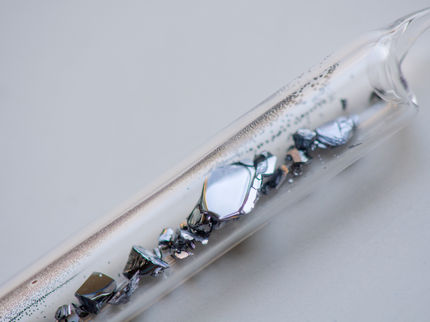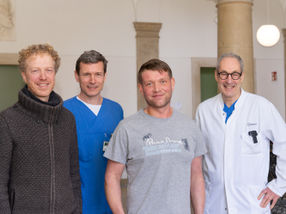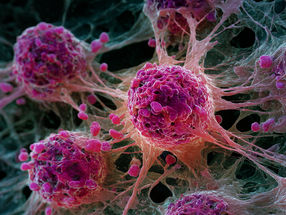Nanotubes grown straight in large numbers
Duke University chemists have found a way to grow long, straight cylinders only a few atoms thick in very large numbers, removing a major roadblock in the pursuit of nano-scale electronics. These single-walled carbon nanotubes also follow parallel paths as they grow so they don't cross each other to potentially impede electronic performance, said Duke associate chemistry professor Jie Liu, who leads the research. carbon nanotubes can act as semiconductors and could thus further scale-down circuitry to features measuring only billionths of a meter.
Liu's team directed swarms of nanotubes to extend in the same direction by using the crystal structure of a quartz surface as a template. The availability of forests of identical nanotubes would allow future nanoengineers to bundle them onto multiple ultra-tiny chips that could operate with enough power and speed for nanoprocessing.
"It's quite an exciting development," said Liu, who has received a patent on the process. "Compared with what other people have done, we have reached a higher density of nanotubes. Wherever you look through the microscope there are nanotubes. And they are much better aligned and grow very straight."
Liu and two coauthors, postdoctoral fellow Lei Ding and graduate student Dongning Yuan, described their accomplishment April 16 in the Journal of the American Chemical Society (JACS). Ding was the study's first author. Their research was funded by the United States Naval Research Laboratory and by Duke.
Using copper as their growth catalyst and gasified alcohol to supply carbon, the Duke researchers found that their nanotubes all extended in the same direction, following parallel paths determined by the crystalline orientation of "stable temperature" (ST)-cut quartz wafers used in electronic applications. "They're like a trains running on tracks that are all very straight," Liu said.
By applying computer chip fabrication-style masks to confine uniform coatings of catalyst within very narrow lines along those crystal orientations, Liu's group was able to keep an unprecedented number of nanotubes growing in parallel, without crossing paths.
"To the best of our knowledge, it is the highest density of aligned, single-wall nanotubes reported," the researchers wrote in JACS.
Once formed on ST-cut quartz, the aligned swarms of nanotubes can be transferred onto the less-expensive semiconductor wafers normally used in computer chips, Liu said. He and collaborators are now exhaustively testing their nanotubes to see how many have the right architectures to serve as semiconductors.
Topics
Organizations
Other news from the department science
These products might interest you
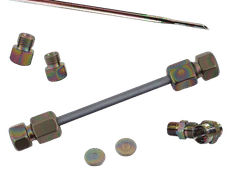
Dursan by SilcoTek
Innovative coating revolutionizes LC analysis
Stainless steel components with the performance of PEEK - inert, robust and cost-effective
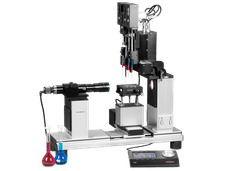
OCA 200 by DataPhysics
Using contact angle meter to comprehensively characterise wetting behaviour, solids, and liquids
With its intuitive software and as a modular system, the OCA 200 answers to all customers’ needs
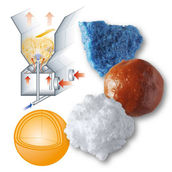
Tailor-made products for specific applications by IPC Process Center
Granulates and pellets - we develop and manufacture the perfect solution for you
Agglomeration of powders, pelletising of powders and fluids, coating with melts and polymers

Get the chemical industry in your inbox
By submitting this form you agree that LUMITOS AG will send you the newsletter(s) selected above by email. Your data will not be passed on to third parties. Your data will be stored and processed in accordance with our data protection regulations. LUMITOS may contact you by email for the purpose of advertising or market and opinion surveys. You can revoke your consent at any time without giving reasons to LUMITOS AG, Ernst-Augustin-Str. 2, 12489 Berlin, Germany or by e-mail at revoke@lumitos.com with effect for the future. In addition, each email contains a link to unsubscribe from the corresponding newsletter.
